Italian Renaissance
zaphod42
14 years ago
Related Stories
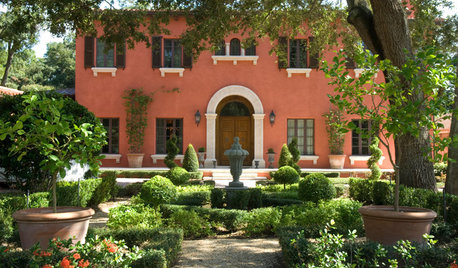
ARCHITECTURERoots of Style: The 3 Waves of Italian Renaissance
The 15th-century study of ancient Rome delivered an important 20th-century style that is seen again today
Full Story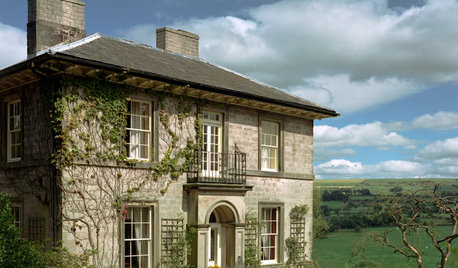
TRADITIONAL ARCHITECTURERoots of Style: Your Home May Have a Renaissance Classical Past
If Georgian, colonial revival or Italianate details are in your house's mix, you might have the 15th century to thank
Full Story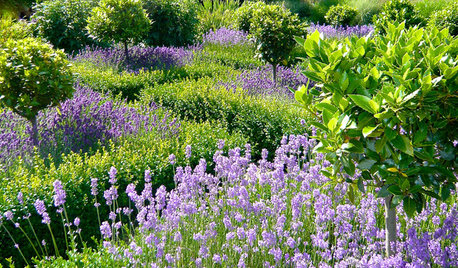
LANDSCAPE DESIGNBring a Touch of Renaissance Italy Into Your Garden
Italian gardens of the period are famed for their beauty. Here are classic design elements you can borrow for your own space
Full Story
LIVING ROOMSRoom of the Day: An Artisan Renaissance
An Arts and Crafts living room in Oklahoma City gets restored to past glory
Full Story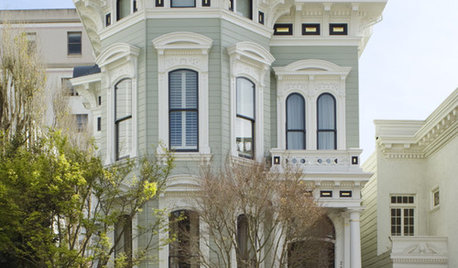
TRADITIONAL ARCHITECTURERoots of Style: Italianate Architecture Romances the U.S.
With its towers, cornice details and more, Italianate homes have been enchanting Americans since the 19th-century romantic era
Full Story
LIFE5 Life Lessons We Can Learn From Italian Design
Discover how these core ideas of Italian life feed into the nation’s designs
Full Story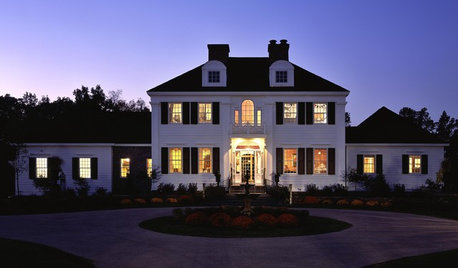
DESIGN DICTIONARYGeorgian Style
Ornate and on a grand scale, Georgian homes have architectural details that reflect the Renaissance
Full Story0
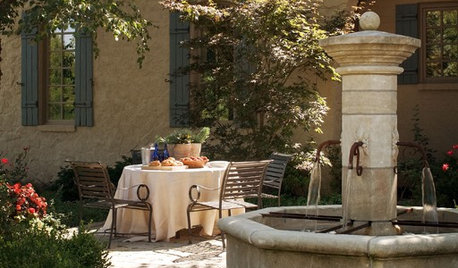
DECORATING GUIDESBring a Taste of Italy Home With 12 Design Touches
No vacation plans abroad? You can still get the feel of old-world Italy with these ideas from an Italian designer
Full Story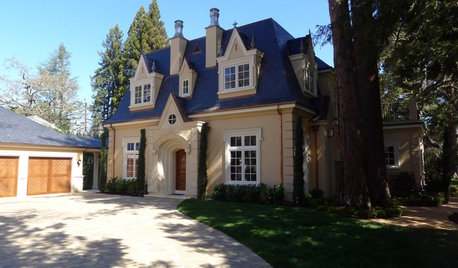
TRADITIONAL ARCHITECTURERoots of Style: Château Architecture Strides Through a Century
Live like a lord with design details that recall French estates of old, even if they're scaled down and updated for today
Full Story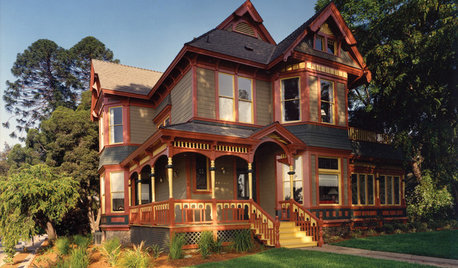
ARCHITECTURERoots of Style: Does Your House Have a Medieval Heritage?
Look to the Middle Ages to find where your home's steeply pitched roof, gables and more began
Full StoryMore Discussions






duluthinbloomz4
ginny12
Related Professionals
Cedar Hill Landscape Contractors · Darien Landscape Contractors · Fair Oaks Landscape Contractors · Golden Landscape Contractors · Wallingford Landscape Contractors · Tooele Siding & Exteriors · Goodlettsville General Contractors · Elyria General Contractors · Erie General Contractors · Hillsborough General Contractors · Lake Forest Park General Contractors · Mansfield General Contractors · Valley Stream General Contractors · Waldorf General Contractors · Westchester General Contractors